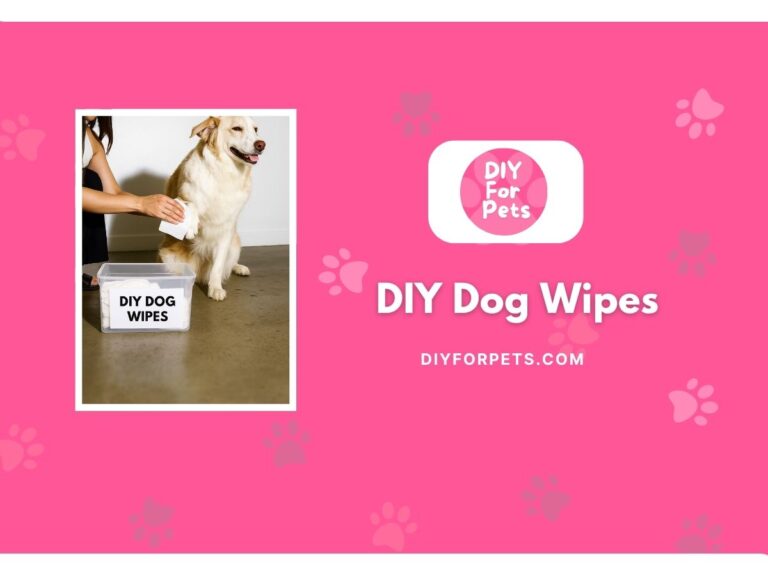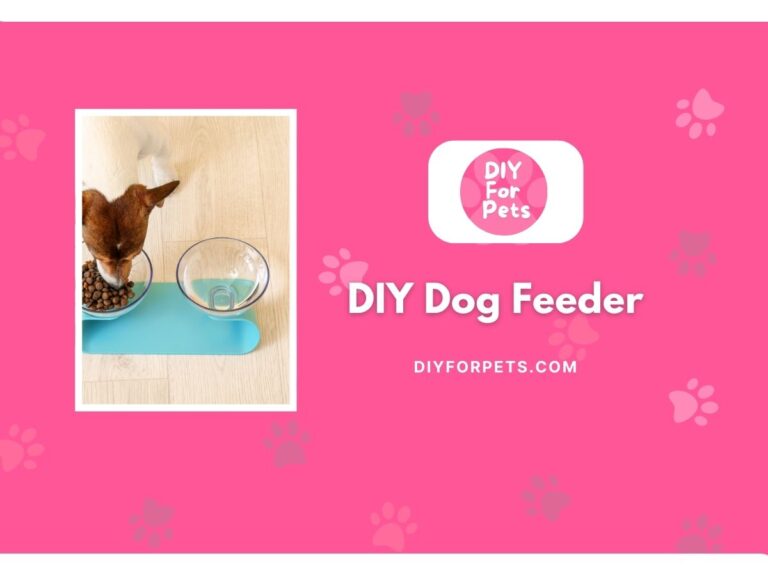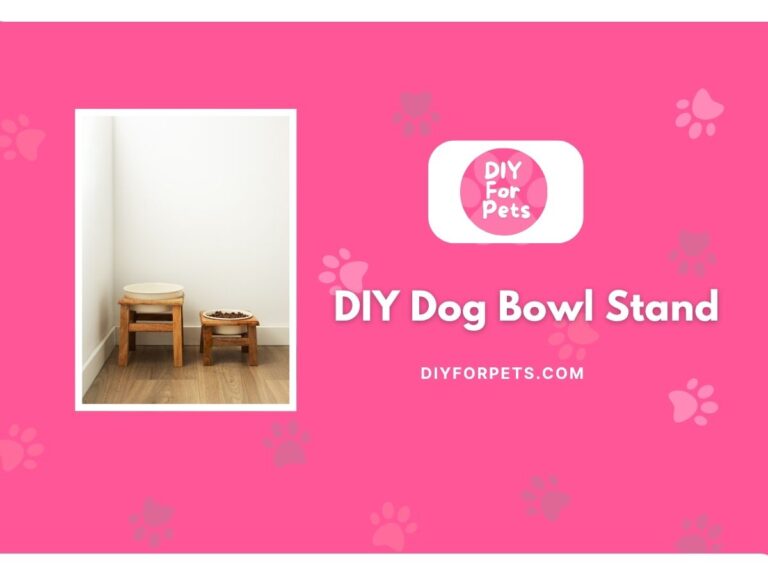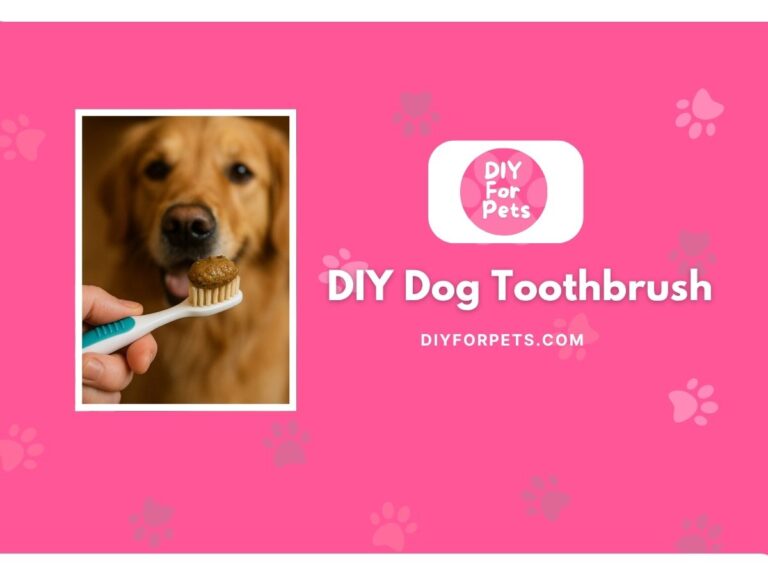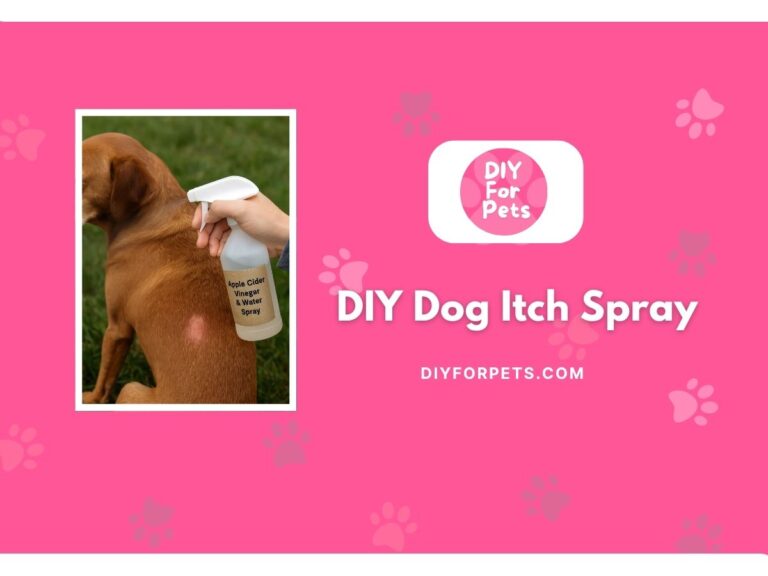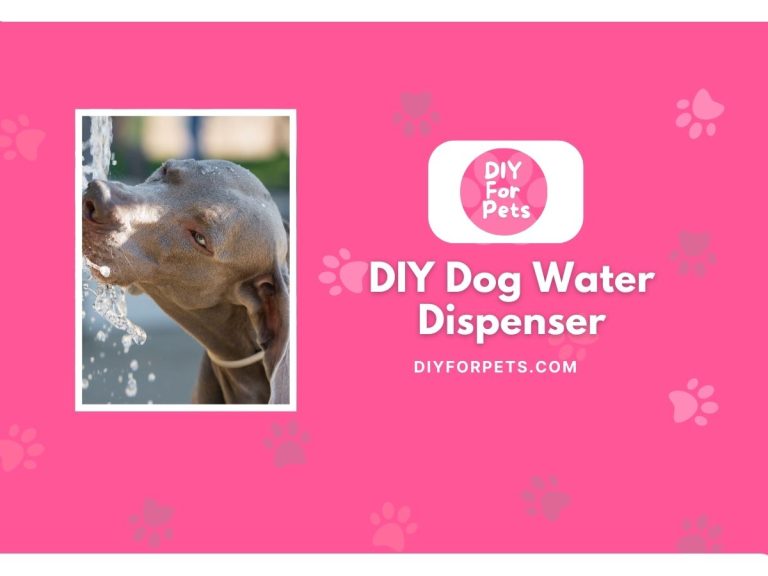Bored Pup? These DIY Dog Puzzle Ideas Will Blow Their Mind
If your dog is anything like mine, they burn through energy faster than you can say “walkies!” And while fetch is fun, sometimes you just need a quiet, brain-boosting activity that keeps them engaged. That’s where a DIY dog puzzle comes in—it’s easy to make, affordable, and way more exciting for your pup than the same old tennis ball. Trust me, these puzzles are total boredom busters (and let you sip your coffee in peace).
Are Puzzles Ideal for Dogs?
If your canine companion gets stir-crazy at home, crafting DIY dog puzzles is a fun way to keep their mind sharp and energy in check. You will engage your pup’s curiosity, help beat boredom, and even ease anxiety through interactive challenges. Adjustable puzzle difficulty lets you match your dog’s skills and strengthen your bond – plus, homemade toys mean savings and total safety assurance.
Puzzles help dogs practice problem-solving skills, prevent boredom (which often leads to destructive behavior), and provide mental stimulation, which is particularly beneficial for high-energy or highly intelligent breeds. Plus, it’s so much fun watching our dogs try to figure things out, and the joy they experience when they succeed is heartwarming.
DIY Dog Puzzle: Step-by-Step Guide
Creating your own dog puzzle is easier than you might think, and the best part is you don’t need to break the bank. You can make a fun, challenging puzzle for your dog with items you likely already have at home.
Materials You’ll Need
- Cardboard boxes (small to medium-sized)
- Plastic cups or containers
- Empty toilet paper or paper towel rolls
- Old towels or blankets
- Scissors
- Treats or kibble
Instructions
- Choose Your Base: Depending on the size of your dog, start with a small to medium cardboard box. This will act as the base for your puzzle.
- Create Hiding Spots: Cut holes in the box that are big enough for your dog to poke their nose or paw through. You can also place cups or containers inside the box to create more compartments for hiding treats.
- Add Obstacles: Use the empty toilet paper rolls, towels, or blankets to cover some of the treats. This adds an extra layer of challenge for your dog to figure out how to uncover the food.
- Place the Treats: Once you’ve set up your hiding spots, sprinkle some treats or kibble inside. Make sure to vary the difficulty—some treats should be easy to find, while others require a bit more effort.
- Let the Game Begin: Give your dog the puzzle and watch as they sniff, paw, and nudge their way to the hidden rewards!
This simple puzzle costs next to nothing to make and can be reused multiple times. It’s also a great way to keep your dog occupied when you need a few minutes to yourself.
Easy DIY Dog Puzzle Ideas
Let’s take this one step further with 10 creative DIY dog puzzle ideas. These puzzles vary in difficulty, and most can be made with household items you probably already have lying around.
1. Towel Roll-Up Puzzle
Grab an old towel and lay it flat. Place small treats along the length of the towel and then roll it up tightly. The goal for your dog is to figure out how to unroll the towel to get to the treats. This puzzle is perfect for dogs who love to dig or unroll things, and it costs virtually nothing to make.
You can make it more challenging by tying the towel in a loose knot. This is one of my go-to puzzles because it’s so simple, and my dogs love it.

2. Cup & Treat Guessing Game
Take three plastic cups and place them upside down on the floor. Hide a treat under one of the cups and shuffle them around. Encourage your dog to find the treat by pawing or nosing the cups. This is a classic game that sharpens your dog’s problem-solving skills.
If your dog gets the hang of it too quickly, you can add more cups or shuffle them faster. It’s a fun, easy, and budget-friendly game that costs nothing!

3. Muffin Tin Puzzle
If you have a muffin tin lying around, this puzzle is super easy to set up. Simply place treats in a few of the muffin slots and cover them with tennis balls. Your dog has to figure out how to remove the balls to get to the treats.
This puzzle is great for dogs that love to paw and nose at things, and it costs no more than a couple of dollars for some tennis balls if you don’t already have them.

4. Snuffle Mat
Snuffle mats are a fun way to engage your dog’s natural sniffing instincts. You can make your own snuffle mat using an old bathmat and strips of fleece fabric. Simply tie the fabric strips through the holes of the mat, creating a thick, tangled surface. Hide treats or kibble within the fabric strips and let your dog “snuffle” to find them.
This puzzle costs around $5 to make if you need to buy fabric, but it’s reusable and provides hours of entertainment.

5. Egg Carton Puzzle
Save your empty egg cartons! This simple puzzle involves placing treats in the carton’s compartments and closing the lid. Your dog will need to open the carton or poke through the holes to retrieve the treats.
It’s an easy way to reuse materials, and it costs nothing but a few treats.
6. DIY Bottle Spinner Puzzle
Using an empty plastic water bottle and a wooden dowel, you can create a spinning puzzle. Drill a hole through the bottle and slide the dowel through, securing it on both ends. Fill the bottle with small treats or kibble and let your dog figure out how to spin the bottle to get the treats to fall out.
This puzzle costs around $3 to make and provides a fun challenge for dogs that love movement-based puzzles.
7. Cardboard Box Maze
Turn an old cardboard box into a fun maze for your dog. Cut out small doors and windows, and hide treats inside different sections of the box. Your dog will have to figure out how to navigate through the maze to find the rewards.
This puzzle is completely free if you have spare cardboard, and you can customize the maze however you like!
8. PVC Pipe Puzzle
If you have some PVC pipe lying around, you can turn it into a puzzle by drilling holes along its length and filling it with treats. Your dog will need to roll the pipe around and figure out how to shake the treats out through the holes.
This puzzle costs about $5 to make and is great for dogs who love to roll things around.
9. Frozen Treat Puzzle
On a hot day, keep your dog cool and entertained with a frozen treat puzzle. Fill an ice cube tray with kibble or small treats, then top with water or low-sodium broth and freeze. Once frozen, give it to your dog as a tasty puzzle they have to lick and chew to get the rewards.
This costs about $1 to make, and it’s perfect for summer days!
10. Tennis Ball Treat Puzzle
Cut a small slit in a tennis ball and stuff it with treats. Your dog will have to squeeze and paw at the ball to get the treats out. This is a simple, yet effective puzzle for dogs who love to play with balls.
If you have old tennis balls lying around, this costs nothing. It’s a great way to reuse them and keep your dog engaged.
Dos & Don’ts in Dog Puzzles
Dos:
- Do supervise: Always supervise your dog when they’re using a puzzle to ensure they don’t get frustrated or chew through materials.
- Do rotate puzzles: Keep things fresh by rotating different puzzles to keep your dog engaged.
- Do tailor puzzles to your dog’s skill level: Start with easy puzzles and gradually increase the difficulty as your dog gets better.
Don’ts:
- Don’t use unsafe materials: Avoid small parts that could be a choking hazard or sharp edges that could harm your dog.
- Don’t rush the process: Give your dog time to figure things out. The goal is to stimulate their mind, not to make them frustrated.
- Don’t use too many treats: While treats are great motivators, balance them with your dog’s diet to avoid overfeeding.
FAQs
1. How often should I give my dog a puzzle?
It depends on your dog’s energy levels, but 2-3 times a week is a good start. If your dog enjoys puzzles, you can do them more frequently, but balance it with physical exercise.
2. Can I use kibble instead of treats for puzzles?
Absolutely! Kibble is a great alternative, especially if you want to incorporate puzzle time into your dog’s meal routine.
3. Are there puzzles that work for older dogs or dogs with limited mobility?
Yes! Puzzles like snuffle mats or treat-hiding games are great for older dogs or those with joint issues because they don’t require much physical effort but still provide mental stimulation.
DIY dog puzzles are such a fun and creative way to keep your dog entertained and mentally stimulated. Whether you’re looking for a quick game or a more challenging puzzle, there’s something here for every dog—and every budget. Plus, making these puzzles yourself adds an extra layer of joy as you watch your dog figure it all out. Let’s keep those tails wagging and those brains buzzing with these simple, affordable puzzles!


